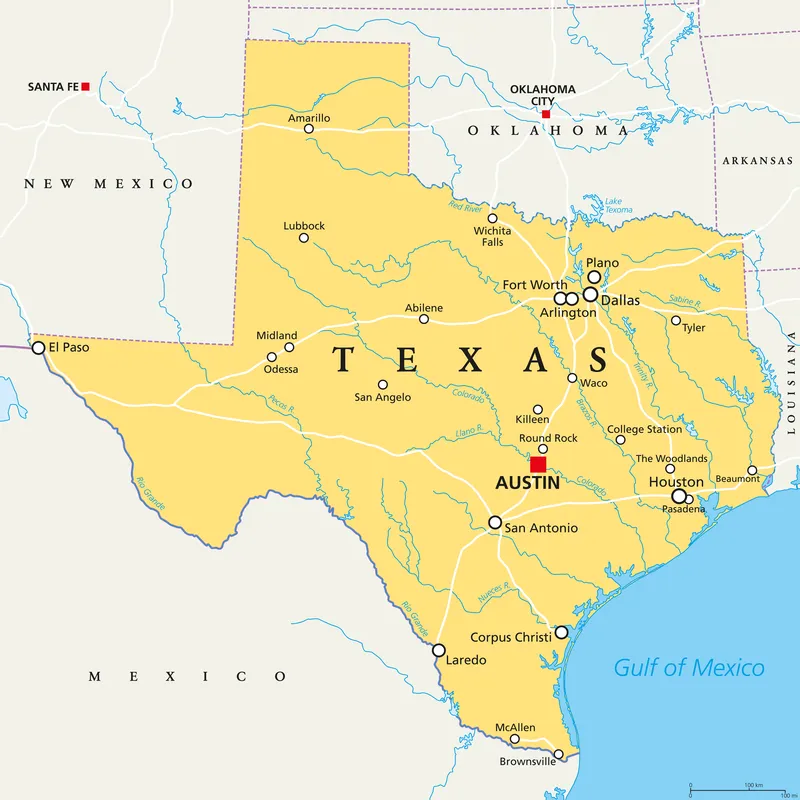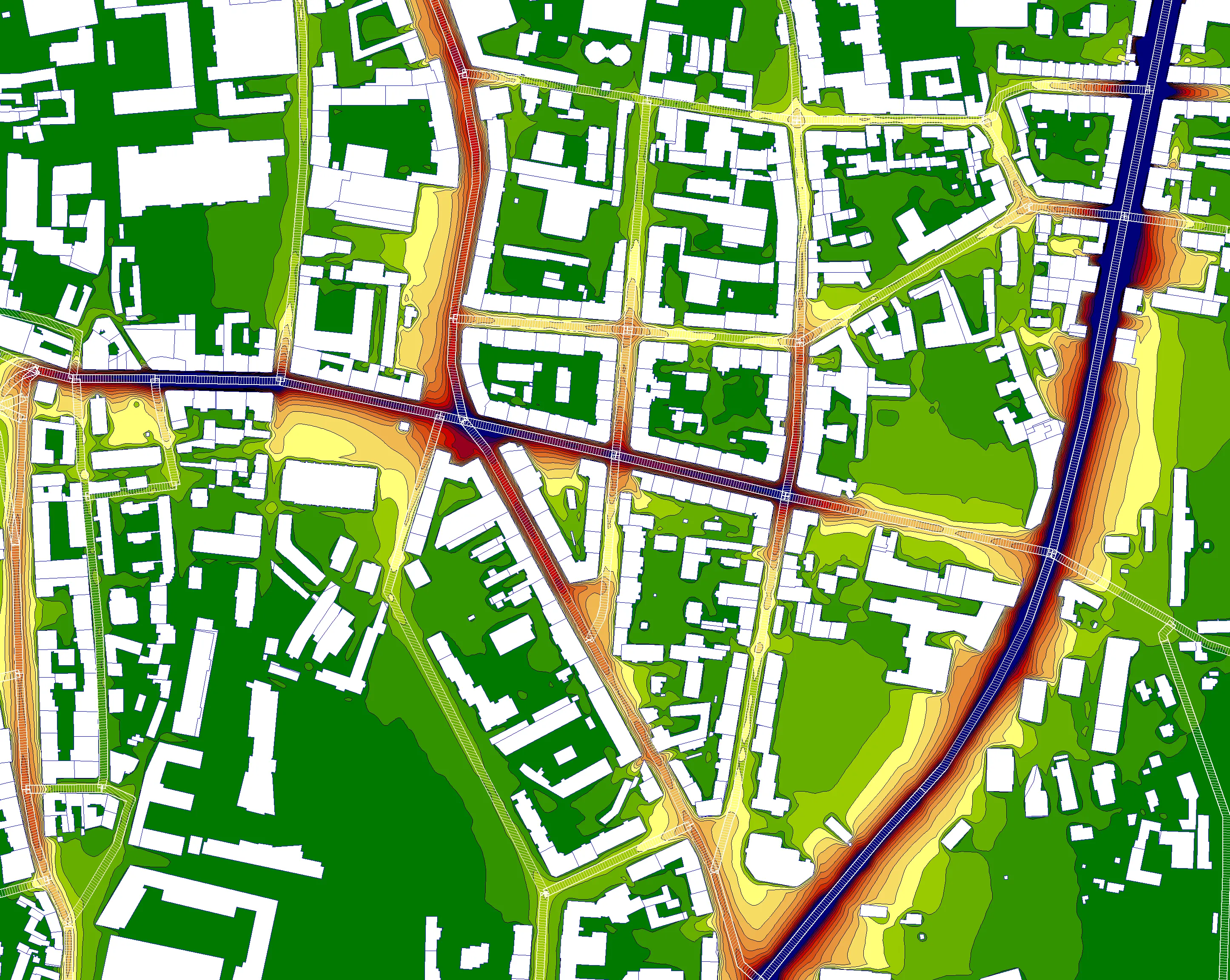As part of the larger transportation design/build construction project, Michael Baker will perform Owner Verification Testing and Inspection (OVTI) oversight and conduct audits to verify the design-build team’s Construction Quality Management Plan (CQMP).
“The I-35E and US 67 exchange continues to serve as a highly congested roadway for commuters traveling into the Dallas Metro Area, and the southern gateway corridor project represents a large-scale effort to improve transportation in this highly congested urban area,” said Jorge M Suarez, PE, vice president and director of structural engineering at Michael Baker International. “Michael Baker’s construction management expertise, through inspections, audits and testing, will ensure that the project’s design and construction are completed smartly and safely to help the community and region by reducing congestion and making freeways safer.”
As part of the contract, Michael Baker will perform Owner Verification (OV) tests at a stipulated testing frequency, along with the review and approval of Quality Assurance (QA) test results. The team will review the performance of statistical analysis of OV and QA test results and associated tasks arising out of the statistical analysis with all partnering agencies.
The Southern Gateway Project, which is currently underway, consists of adding reversible non-tolled express lanes and/or general-purpose lanes to improve capacity in the corridor. In addition, bicycle and pedestrian accommodations are proposed where frontage road reconstruction is proposed.
Texas Interstate connection upgrade project
Consultancy firm Michael Baker International has a US$4 million contract from the Texas Department of Transportation (TxDOT) to provide safer road links and bridges along the southern gateway corridor into Dallas. This project is due for completion in 2021. It will provide a long-term transportation and operational improvement effort to boost safety, cut congestion and while address roadway deficiencies and system linkage for the critical I-35E and US 67 artery.
January 31, 2018
Read time: 2 mins
Consultancy firm Michael Baker International has a US$4 million contract from the 3499 Texas Department of Transportation (TxDOT) to provide safer road links and bridges along the southern gateway corridor into Dallas. This project is due for completion in 2021. It will provide a long-term transportation and operational improvement effort to boost safety, cut congestion and while address roadway deficiencies and system linkage for the critical I-35E and US 67 artery.








